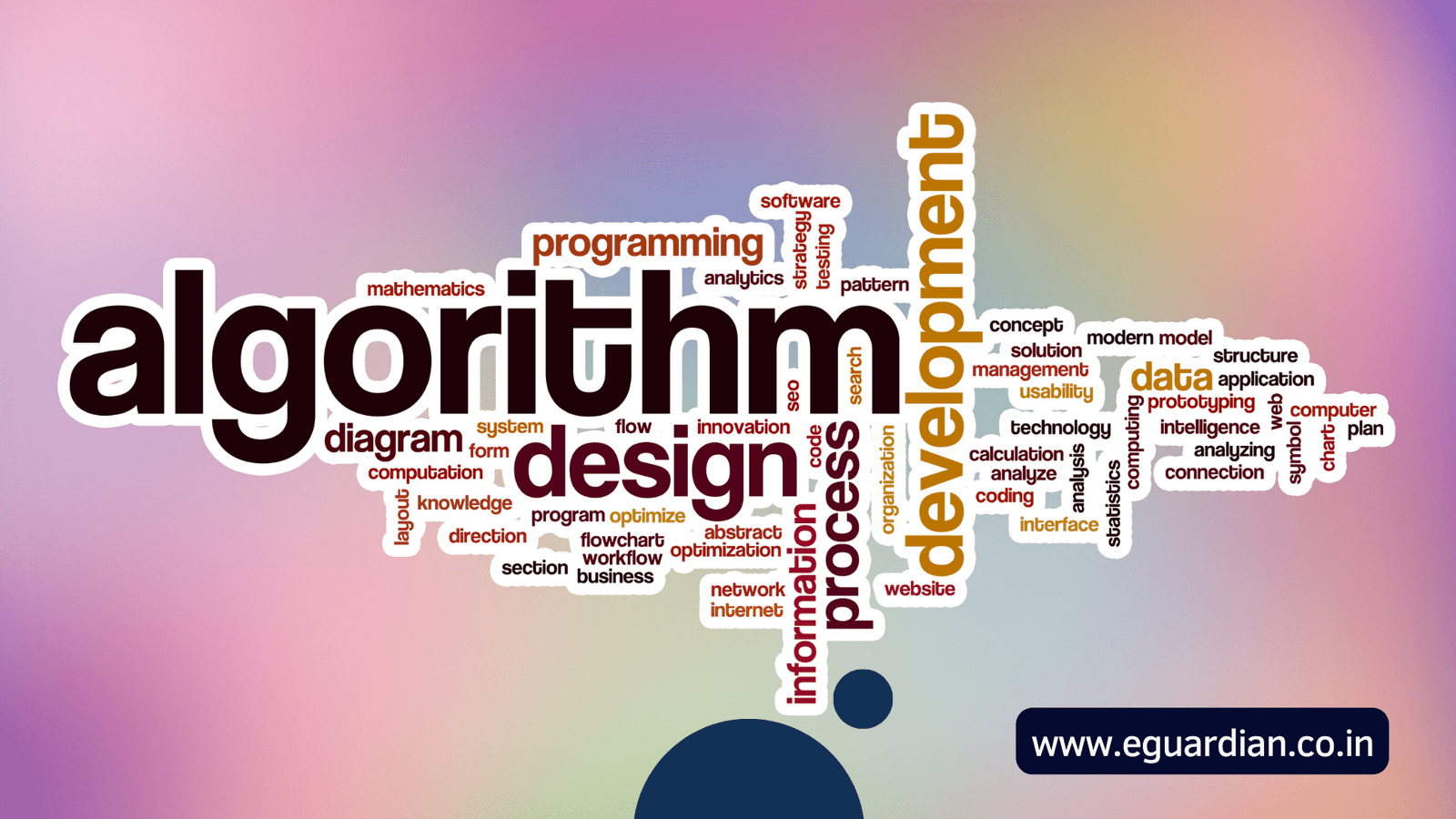Object Oriented Analysis and Design UML Multiple Choice Questions with Answers | UML MCQ for the students who are preparing for academic and competitive examinations.

UML Multiple Choice Questions with Answers
1. ___ refers to all activities that go into producing an information systems solution.
Ans. Systems development
2. ___ is a series of processes that, if followed, can lead to the development of an application.
Ans. Software development methodology
3. Algorithms + Data structures = ___.
Ans. Programs
4. The Unified Approach is based on methodologies by ___, ___, and ___.
Ans. Booch, Rumbaugh and Jacobson
5. The ___ is a set of notations and conventions used to describe and model an application.
Ans. Unified Modeling Language (UML)
6. ___ is an approach to software development that allows us to create objects that represent tangible elements.
Ans. Layered architecture
7. ___ makes software development easier, quicker, and more natural.
Ans. Object oriented programming
8. The term ___ means a combination of data and logic that represents some real-world entity.
Ans. Object
9. ___ represent the state of an object.
Ans. Attributes or properties
10. ___ is the principle of concealing the internal data and procedures of an object.
Ans. Information hiding
11. System development can be viewed as a ___.
Ans. Process
12. A process can be divided into small, interacting phases called ___.
Ans. Subprocesses
13. ___ measures the consistency of the product requirements with respect to the design specification.
Ans. Correctness
14. ___, ___ and ___ are the three macro processes in systems development.
Ans. Analysis, design and implementation
15. ___ are the users of the system.
Ans. Actors
16. The intersection among objects’ role to achieve a given goal is called ___.
Ans. Collaboration
17. ___ is a set of methods, models, and rules for developing systems.
Ans. Object oriented methodology
18. Consumer-producer relationship can also be called a ___ association or a ___ relationship.
Ans. Client-server, use
19. A car object is an ___ of other objects such as an engine, seat and wheels.
Ans. Aggregation
20. ___ provides a means for communicating ideas in an easy-to-understand and unambiguous form.
Ans. Modelling
21. An object oriented system organizes classes into a ___ hierarchy.
Ans. Subclass-super class
22. ___ is the property of object oriented systems that allows objects to be built from other objects.
Ans. Inheritance
23. OMT separates modelling into ___, ___ and ___.
Ans. Object model, dynamic model and functional model
24. The Booch methodology prescribes a ___ development process and a ___ development process.
Ans. Macro, micro
25. During ___, you establish the core requirements of the system.
Ans. Conceptualization
26. ___ are the scenarios for understanding system requirements.
Ans. Use cases
27. ___ is a method of object oriented development with the specific aim to fit the development of large, real-time systems.
Ans. Object Oriented Software Engineering or Objectory
28. ___ identifies the key aspects of a common design structure that make it useful for creating a reusable object oriented design.
Ans. Patterns
29. The study of ___ is an important research activity.
Ans. Anti-patterns
30. A ___ is a way of presenting a generic solution to a problem that can be applied to all levels in development.
Ans. Framework
31. The ___ combines the best practices, processes, methodologies, and guidelines along with UML notations and diagrams for better understanding object oriented concepts and system development.
Ans. Unified Approach (UA)
32. ___, ___ and ___ are the three layers in the layered approach to software development.
Ans. Access layer, business layer, view layer
33. The ___ is a graphical modelling language that provides us with syntax for describing the major elements of software systems.
Ans. Unified Modeling Language (UML)
34. A ___ is a description of a set of objects that share the same attributes, operations/methods, relationships, and semantics.
Ans. Class
35. An ___ is a collection of operations that specify a service of a class or component.
Ans. Interface
36. A ___ is a physical and replaceable part of a system that conforms to and provides the realization of a set of interfaces.
Ans. Component
37. A ___ extends the vocabulary of the UML, allowing you to create new kinds of building blocks that are derived from existing ones but that are specific to your problem.
Ans. Stereotype
38. A ___ extends the properties of a UML building block, allowing you to create new information in that element’s specification.
Ans. Tagged value
39. A ___ extends the semantics of a UML building block, allowing you to add new rules or modify existing ones.
Ans. Constraint
40. ___ represents the relationships between objects and classes.
Ans. Association
41. The prefix + indicates that an attribute or operation is ___.
Ans. Public
42. The prefix # denotes that an attribute or operation is ___.
Ans. Protected
43. Aggregation is the UML term for the ___ relationship.
Ans. Part-whole
44. When we want to include a comment in a UML diagram, we put it in a ___.
Ans. Note
45. A ___ diagram is an interaction diagram that emphasizes the time ordering of messages.
Ans. Sequence
46. A ___ diagram is an interaction diagram that emphasizes the structural organization of the objects that send and receive messages.
Ans. Collaboration
47. The ___ view of a system encompasses the use cases that describe the behaviour of the system as seen by its end-users, analysts, and testers.
Ans. Use case
48. The ___ view of a system encompasses the classes, interfaces, and collaborations that form the vocabulary of the problem and its solution.
Ans. Design
49. The ___ view of a system encompasses the nodes that form the system’s hardware topology on which the system executes.
Ans. Deployment
50. The two most common ways of software development are from an ___ and from an ___.
Ans. Algorithmic perspective, object oriented perspective
51. The first step in system development is to understand the ___.
Ans. Application domain
52. An actor is a user of an ___.
Ans. Information system
53. In STAR Foundation Case Study, borrowers are ___.
Ans. Actors
54. The task of the ___ is to determine, with the aid of the client, what the client needs.
Ans. System analysts
55. The initial requirements of the STAR Foundation Case Study consist of ___ use case.
Ans. Three
56. The main building block of all software systems is the ___.
Ans. Object or class
57. To keep the cost of the pilot project as low as possible only three types of data are needed namely ___, ___, and ___.
Ans. Investment data, operating expenses data, mortgage data
58. Manage an Investment use case is used for ___, ___, and ___ investments.
Ans. Adding, deleting, modifying
59. When we discover a fault during revision, we first try to ___ the current iteration.
Ans. Fix
60. When the analysis workflow is performed, the ___ are extracted.
Ans. Classes
61. The third step in extracting the entity classes is ___.
Ans. Dynamic modelling
62. The information system moves from ___.
Ans. State to state
63. Extracting ___ classes is usually considerably harder than extracting ___ classes.
Ans. Entity, boundary
64. ___ classes are generally as easy to extract as boundary classes.
Ans. Control
65. A ___ depicts an interaction between the information system itself and the actors.
Ans. Use case
66. ___ modelling determines the operations performed by or to each entity class or subclass.
Ans. Dynamic
67. Functional modelling consists of finding the scenarios of the ___.
Ans. Use cases
68. The best way to start class modelling is to use the two-stage ___ method.
Ans. Noun extraction
69. A ___ class models the interaction between the information system and its actors.
Ans. Boundary
70. A ___ class models complex computations and algorithms.
Ans. Control
71. The input to the ___ is the analysis workflow artefacts.
Ans. Design workflow
72. The major motivation behind the development of the ___ was to present a methodology that could be used to develop large-scale information systems.
Ans. Unified process
73. The second design step in the traditional paradigm is the ___.
Ans. Detailed design
74. If an operation is applicable both to an instance of a superclass and to instances of subclasses of that superclass, then it makes sense to allocate that operation to the ___.
Ans. Superclass
75. CRC stands for ___.
Ans. Class-responsibility-collaboration
76. The aim of the ___ phase is to ensure that the client’s requirements have indeed been met.
Ans. Transition
77. ___ modelling presents scenarios of all the use cases.
Ans. Functional
78. ___ modelling determines the entity classes and their attributes.
Ans. Class
79. The aim of the ___ workflow is to ensure that the developers build the right information system.
Ans. Requirements
80. The purpose of the ___ workflow is to analyze and refine the requirements.
Ans. Analysis
If you like the post on UML Multiple Choice Questions with Answers, please share it on social media.


